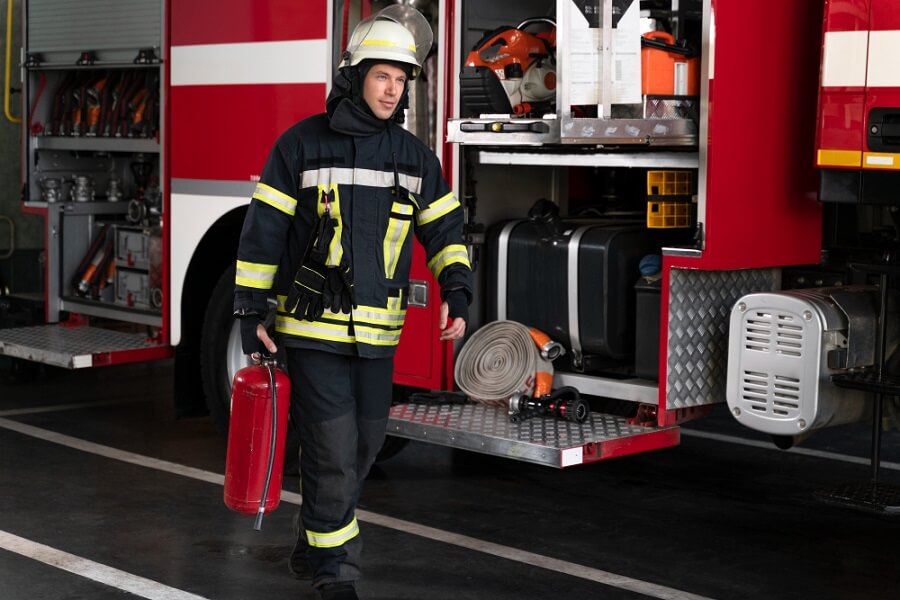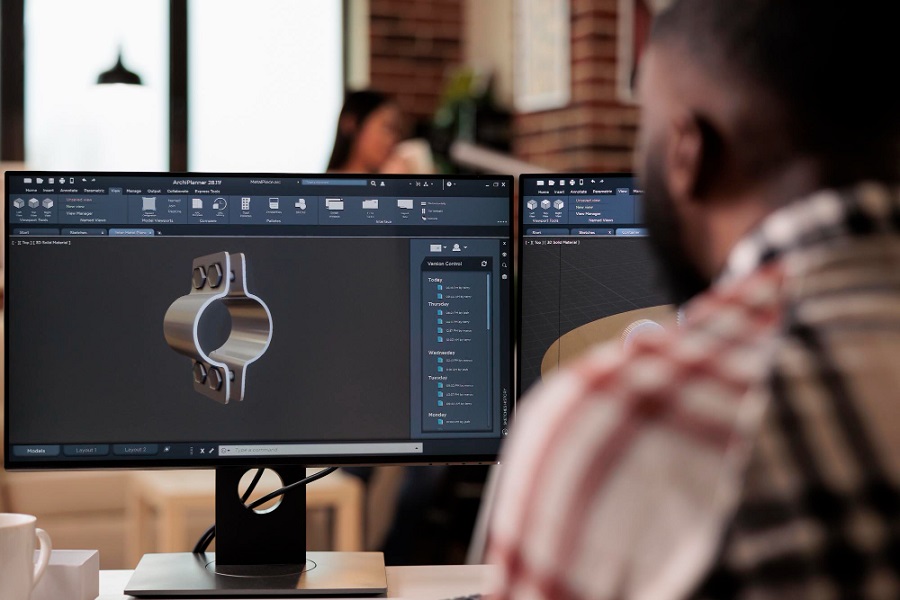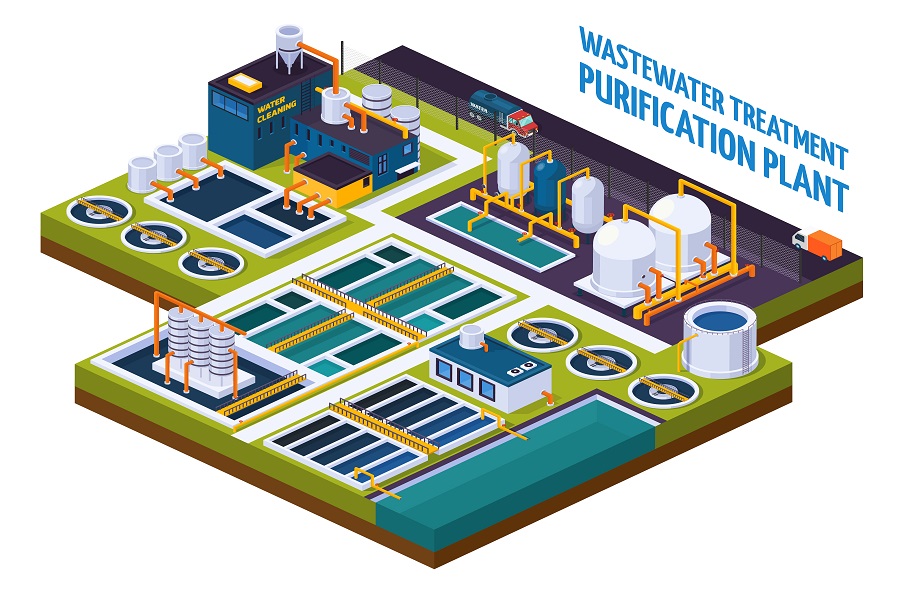Fire protection modeling plays a crucial role in designing and evaluating fire safety measures for buildings, and its significance cannot be overstated. Through the use of cutting-edge software and simulation techniques, this innovative approach helps in the creation of comprehensive and highly effective fire safety strategies that ensure that buildings are equipped with robust and optimized fire prevention, detection, and suppression systems.
With its ability to simulate various scenarios and analyze fire behavior, fire protection modeling stands at the forefront of ensuring the utmost protection for occupants and assets within buildings. From fire sprinkler systems and pumps to alarm systems and standpipe systems, every aspect of the fire system design is meticulously assessed and optimized using this cutting-edge technology.
In this article, we will take an in-depth look at how fire protection modeling plays a pivotal role in safeguarding lives and property. Whether you are an architect seeking innovative fire safety solutions, an engineer working on optimizing fire protection strategies, a building owner prioritizing occupant safety, or simply someone with an interest in fire safety, this blog will help you understand the importance of enhancing fire safety through advanced fire protection system design.
We will also explore the latest advancements in fire protection technologies and the critical role COBie BIM plays in fire safety. So, let’s delve into the future of fire safety and see how digital solutions are paving the way for safer and more resilient buildings.
What is Fire Protection Modeling?
Fire Protection modeling is an advanced technique that uses the principles of Building Information Modeling (BIM) to create comprehensive and detailed fire safety plans for buildings. Also known as Fire Protection BIM Modeling, it goes beyond traditional 2D drawings and leverages intelligent 3D modeling software like Autodesk Revit, Navisworks, AutoCAD, AutoSPRINK and Revizto to visualize, simulate, Coordinate and create detailed, highly accurate, and data-rich 3D fire protection models.
In Fire Protection BIM modeling, a virtual representation of the building is created, incorporating all relevant fire safety components. This includes sprinkler systems, fire suppression systems, fire alarms, smoke control, emergency exits, and more. Each element is embedded with its data and attributes, allowing engineers, architects, and stakeholders to collaborate seamlessly throughout the design, construction, and maintenance phases.
Benefits of Fire Protection Modeling
The key features and benefits of Fire Protection BIM modeling include:
- Comprehensive Visualization: The 3D representation of the fire safety system provides a clear and comprehensive view of the building’s fire safety measures. This allows stakeholders to visualize the integration of various components as per the level of detail (LOD) and identify potential clashes or conflicts early in the design process.
- Enhanced Collaboration: Fire Protection BIM promotes collaborative work among all project participants. Engineers, architects, contractors, and fire safety experts can work together in a shared digital environment, facilitating better communication and coordination.
- Data-Driven Decision Making: 3D digital models incorporate detailed data about fire safety systems and materials. This information enables data-driven decision-making, allowing engineers to make informed choices about system design, equipment selection, and other critical aspects of fire protection.
- Clash Detection and Conflict Resolution: The 3D modeling environment facilitates superior clash detection and enables easy identification and resolution of conflicts between fire protection systems like sprinkler design and other building components. This reduces the risk of errors during construction and ensures that fire safety measures are not compromised.
- Enhanced Fire Simulation: Pre-fabrication models can be used to simulate fire scenarios, allowing engineers to analyze fire behavior, smoke movement, and evacuation strategies. This enables the optimization of fire safety strategies to enhance occupant safety during emergencies.
- Integrated Building Management: 3D firefighting designs and models can be integrated with overall building management systems for real-time monitoring and control of fire protection systems. This enhances the building’s overall fire safety and ensures prompt responses to any fire-related events.
By adopting Fire Protection BIM modeling, building owners, architects, and engineers can create highly efficient and effective fire protection strategies that enhance occupant safety and protect valuable property. The technology empowers stakeholders with the tools and insights needed to make well-informed decisions, resulting in safer and more resilient buildings.
Innovative Fire Protection Technologies Shaping the Future
Fire prevention technology has come a long way since Leonardo Da Vinci’s pioneering attempt at designing a fire safety system. Today, advanced technologies and digitalization play a crucial role in devising effective fire protection measures for buildings and structures. Some of the cutting-edge technologies being used in active fire protection systems include:
1. Water Mist Suppression
Water mist systems present an innovative approach to fire suppression. Unlike traditional fire sprinkler systems that use a lot of water, water mist systems disperse smaller droplets, thus reducing the total amount of water consumed while increasing the extinguishing area. This technology utilizes steam to reduce the fire’s intensity and creates a water barrier on surfaces to inhibit fire spread.
2. Video Smoke Detection and Video Flame Detection
Video Smoke and Flame Detection employ cameras and computer algorithms to identify smoke and fire patterns. This technology offers higher efficiency in early fire detection, making it suitable for wide areas, high-ceiling spaces, and locations with valuable assets
3. Air Sampling Smoke Detectors
Air sampling smoke detectors continuously monitor air quality, detecting smoke at its early stages. These detectors actively draw in air from various points within a building and ensure rapid response and fire suppression much before the fire spreads.
4. Internet of Things (IoT) Integration
IoT plays a significant role in centralized fire safety management. With IoT, fire detection systems are interconnected. This enables faster data transfer and seamless access to the entire safety system via smartphones or devices. Smart buildings leverage IoT sensors to detect fire more accurately and can initiate preventive measures more swiftly.
5. COBie for Fire Safety
Today, COBie (Construction Operations Building Information Exchange) plays a crucial role in enhancing fire safety within buildings. An integral part of the Building Information Modeling (BIM) process, COBie ensures that comprehensive and accurate fire protection data is not just created but also effectively exchanged and documented.
Through COBie, essential fire protection information, such as firefighting drawings, fire detector systems, sprinkler system layout, fire door specifications, and fire resistance ratings, is collected, organized, and shared among various stakeholders. This data-rich format enables seamless collaboration between architects, engineers, contractors, and facility managers and streamlines the design, construction, and ongoing maintenance processes of a building’s fire protection system.
By incorporating COBie into fire protection BIM modeling, teams can access real-time and standardized information, making it easier to identify potential risks and develop robust fire safety strategies. It ensures that vital details are readily available so that decisions can be made in a timely manner for safer buildings and enhanced occupant protection.
With COBie’s data-driven approach, fire protection becomes an integral part of a building’s lifecycle, which eventually fosters a safer and more resilient built environment.
The Bottom Line
With innovative technologies, the future of fire safety in buildings looks brighter than ever. By harnessing the potential of digitalization, artificial intelligence, and innovative fire suppression systems, the industry can ensure faster, more effective responses to fires, saving lives and mitigating damages. As technology continues to evolve, we can expect further improvements in fire safety, making our built environments safer and more secure for generations to come.
Partner with us to enhance the fire safety of your building with cutting-edge BIM modeling.
As a prominent, fire sprinkler design and drafting services provider, we are committed to delivering innovative solutions that protect lives and property and make buildings safer and more resilient.
We specialize in enhancing fire safety through our cutting-edge Revit fire protection models and precise 3D representations of fire sprinkler system designs. With Revit’s advanced BIM software, our skilled engineers create highly accurate and detailed fire protection models that offer unparalleled precision and 3D visualization for comprehensive planning.
Contact us today to elevate your fire protection strategy to the next level!






